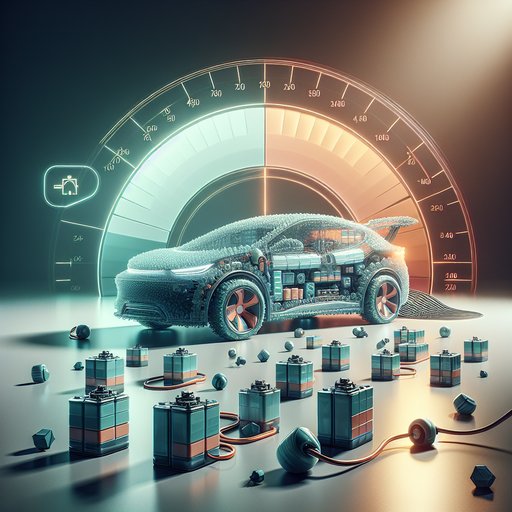
Thermal systems have become the unsung heroes of modern electric vehicles, dictating how fast we can charge, how far we can drive in winter, and how reliably powertrains deliver performance. Across 2023 and 2024, battery makers, Tier 1 suppliers, and automakers quietly rewrote the rulebook with new coolants, pack architectures, and software that orchestrates heat like a resource. The immediate payoff is visible at the plug and on the road: steadier fast‑charging curves, fewer power cutbacks on long climbs, and warmer cabins that sip rather than gulp energy. As 2025 model launches approach, the sector is converging on integrated, multi‑loop designs that share heat between batteries, e‑motors, power electronics, and cabins, squeezing more utility from every watt.

Adding battery cells increases an EV’s stored energy and rated range, but it also raises vehicle mass and rolling resistance. The result is diminishing returns: each extra kilowatt-hour (kWh) yields a smaller distance gain than the previous one, and the car’s Wh/km typically creeps up. This trade-off is visible in 2023–2025 production models and follows basic physics. Pack-level specific energy for modern NMC chemistries is roughly 160–180 Wh/kg (≈5.6–6.3 kg/kWh) and for LFP about 120–150 Wh/kg (≈6.7–8.3 kg/kWh); those kilograms show up in higher consumption, especially at moderate speeds where rolling resistance is a meaningful fraction of total road load.

Formula 1’s past year has been defined as much by governance as by lap time, with cost control maturing, sprint formats refined, and the 2026 technical revolution moving from sketches to signed-off concepts. Alongside that regulatory churn, the paddock has navigated visible political friction between the FIA and Formula One Management, most notably over new-entry pathways. Taken together, these developments shape how teams spend, how cars will race, and how the championship will be run—issues that directly determine competition and credibility in the seasons ahead.

Energy systems are becoming deeply digital, distributed, and data-driven, and that transformation is reshaping cybersecurity from a back-office concern into a core reliability function. Smart meters, inverter-based renewables, battery storage, and automated substations now coordinate through software and networks that stretch from homes and wind farms to control rooms and cloud platforms. This connectivity accelerates decarbonization and efficiency, but it also expands the attack surface and tightens the coupling between cyber events and physical outcomes. Recent incidents, including grid-targeting malware in Ukraine, a satellite communications hack that disrupted wind turbine monitoring in Europe, and ransomware that paused fuel deliveries in the United States, have shown that cyber risks are not hypothetical. Meeting climate and reliability goals together means treating cyber resilience as an essential attribute of modern energy infrastructure.